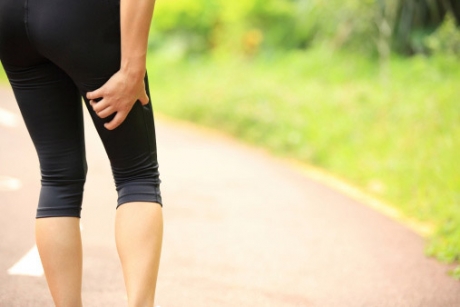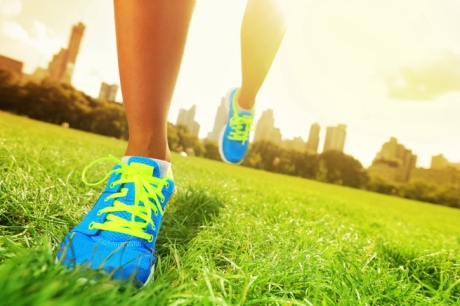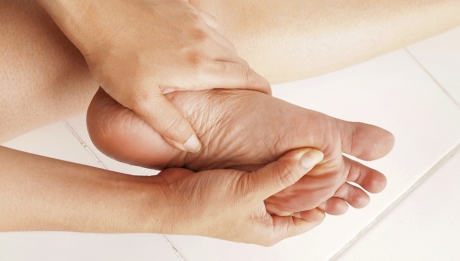Sciatica is a symptom of a problem with the sciatic nerve, the largest nerve in the body.
It controls muscles in the back of your knee and lower leg and provides feeling to the back of your thigh, part of your lower leg, and the sole of your foot. When you have sciatica, you have pain, weakness, numbness, or tingling. It can start in the lower back and extend down your leg to your calf, foot, or even your toes. Sciatica usually occurs on only one side of your body.
Sciatica can consist of leg pain, which might feel like a bad leg cramp, or it can be excruciating, shooting pain that makes standing or sitting nearly impossible. The pain might be worse when you sit, sneeze, or cough.
What Causes Sciatica?
Sciatica might be a symptom of a “pinched nerve” affecting one or more of the lower spinal nerves. The nerve might be pinched inside or outside of the spinal canal as it passes into the leg.
Conditions that cause sciatica:
- A herniated or slipped disc that causes pressure on a nerve root — This is the most common cause of sciatica.
- Piriformis syndrome — This develops when the piriformis muscle, a small muscle that lies deep in the buttocks, becomes tight or spasms, which can put pressure on and irritate the sciatic nerve.
- Spinal stenosis — This condition results from narrowing of the spinal canal with pressure on the nerves.
- Spondylolisthesis — This is a slippage of one vertebra so that it is out of line with the one above it, narrowing the opening through which the nerve exits
How Is Sciatica Treated?
Medicine — Pain medicines and anti-inflammatory drugs help to relieve pain and stiffness, allowing for increased mobility and exercise. There are many common over-the-counter medicines called non-steroidal anti-inflammatory drugs. They include aspirin, ibuprofen, and naproxen.
Muscle relaxants might be prescribed to relieve the discomfort associated with muscle spasms. However, these medicines might cause confusion in older people. Depending on the level of pain, prescription pain medicines might be used in the initial period of treatment.
Physical therapy —The goal of physical therapy is to find exercise movements that decrease sciatic pain by reducing pressure on the nerve. A program of exercise often includes stretching exercises to improve flexibility of tight muscles and aerobic exercise, such as walking.
The therapist might also recommend exercises to strengthen the muscles of your back, abdomen, and legs.
Spinal injections — An injection of a cortisone-like anti-inflammatory medicine into the lower back might help reduce swelling and inflammation of the nerve roots, allowing for increased mobility.
Surgery — Surgery might be needed for people who do not respond to conservative treatment, who have progressing symptoms, and are experiencing severe pain.
Surgical options include:
- Microdiscectomy — This is a procedure used to remove fragments of a herniated disc.
- Laminectomy — The bone that curves around and covers the spinal cord (lamina), and the tissue that is causing pressure on the sciatic nerve are removed.
Sciatic pain usually goes away with time and rest. Most people with sciatica will get better without surgery. About half of affected individuals recover from an episode within six weeks.
Although it might not be possible to prevent all cases of sciatica, you can take steps to protect your back and reduce your risk.
- Practice proper lifting techniques. Lift with your back straight, bringing yourself up with your hips and legs, and holding the object close to your chest. Use this technique for lifting everything, no matter how light.
- Avoid or stop cigarette smoking, which promotes disc degeneration.
- Exercise regularly to strengthen the muscles of your back and abdomen, which work to support your spine.
- Use good posture when sitting, standing, and sleeping. Good posture helps to relieve the pressure on your lower back.
- Avoid sitting for long periods.
Sciatica can occur suddenly or it can develop gradually. You might also feel weakness, numbness, or a burning or a pins-and-needles sensation down your leg, possibly even in your toes. Less common symptoms might include the inability to bend your knee or move your foot and toes.
If you think that pain could be sciatica, call your orthopedic physician for an appointment. No one needs to live with pain. Ask your orthopedic physician what treatment might be right for you.



